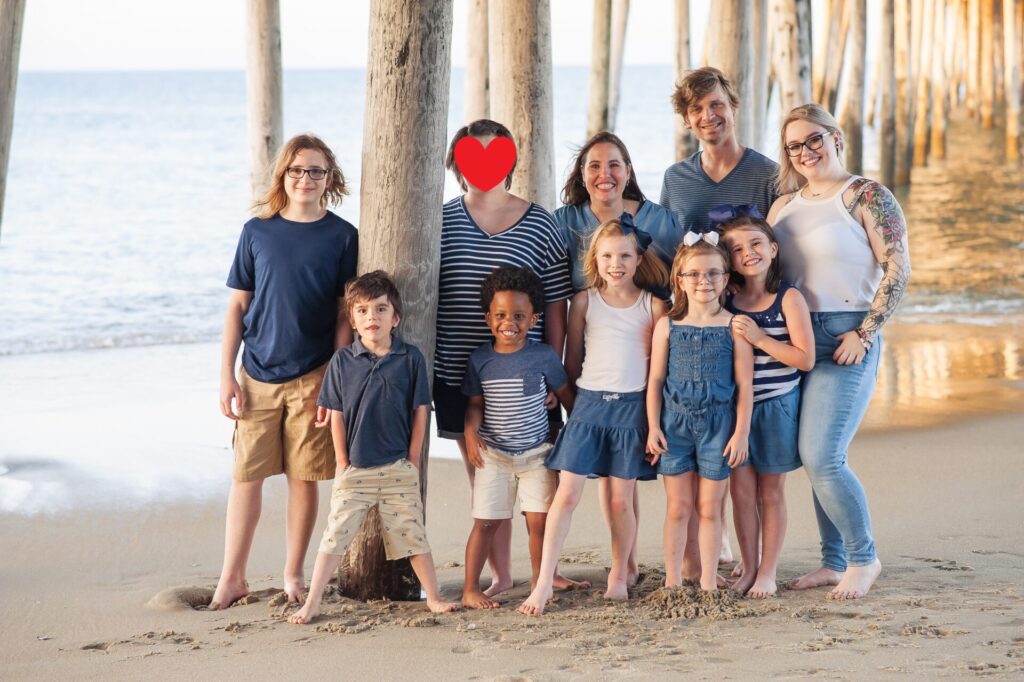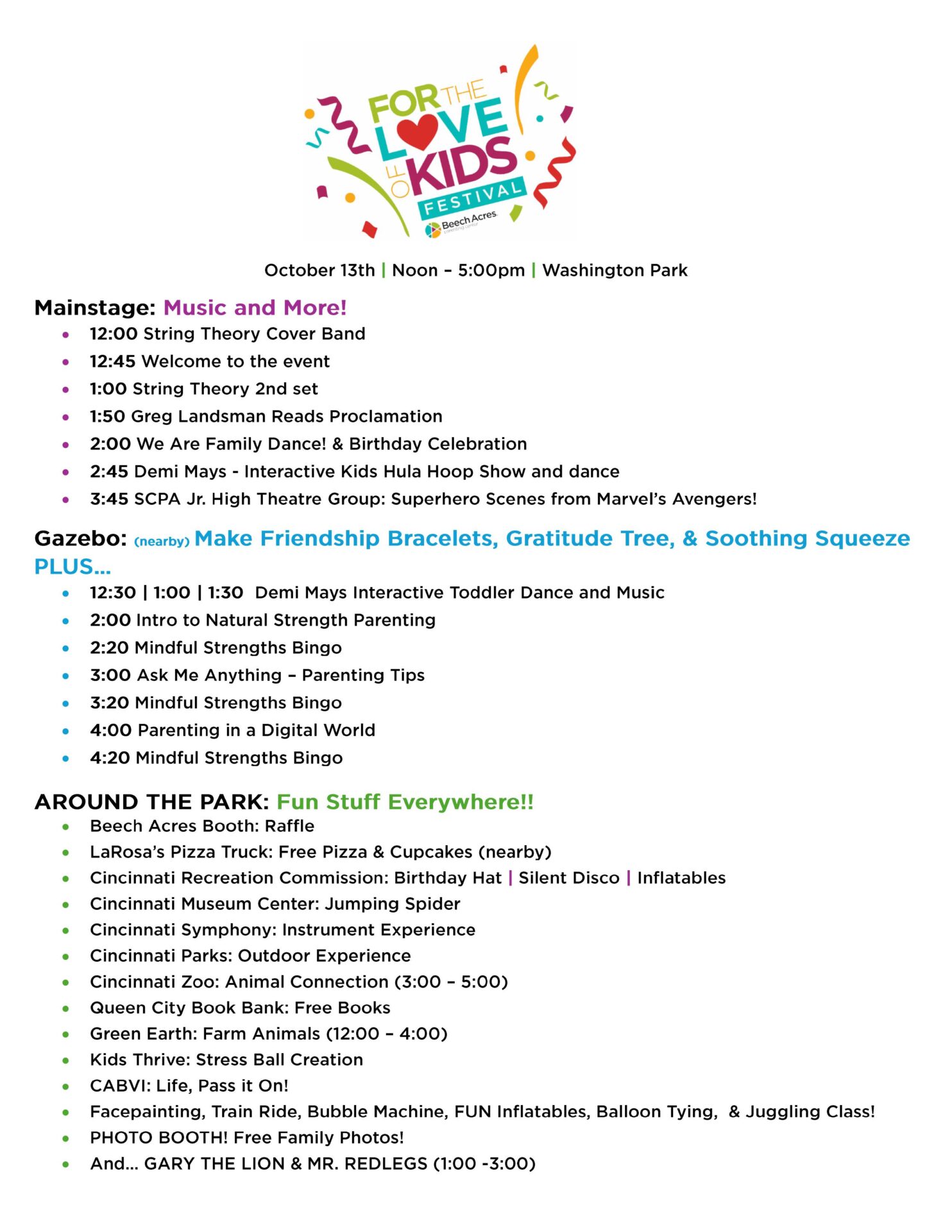Love Stories: Relationships With Biological Parents Through Foster Care and Adoption

Love Stories: Relationships With Biological Parents Through Foster Care and Adoption
When Sarah and Chris adopted 9-year-old Neveah and her 10-year-old sister Malaysia in a Montgomery County, Ohio, courtroom this month, it was the happiest day in a love story that had been building through more than five years of foster care.
It’s a big change for everyone, but at least one part of family life will stay the same. Even after adoption, Sarah and Chris will continue something they’ve done throughout their time as foster parents—carefully maintaining connection with the girls’ biological family.
A Sense of Belonging
Sarah and Chris plan activities with the family of origin as a way to remind the girls that they belong and are loved.
“We find ways for the girls to connect with their biological family any way they can – we considered it part of our job as foster parents,” Sarah said. “We’ve seen the evidence that kids are better off if they maintain some connection with their original family. That may be Mom and Dad, but it could also be grandparents, aunts, uncles and siblings. Those connections are important for the children’s mental health.”
Beech Acres encourages foster parents to maintain connections between foster children and their primary families, when possible. Knowing they belong to a family, even if everyone is not living together, is a comforting part of a child’s development and allows them to own their personal history.
Sarah and Chris also encourage open discussions about adoption and family relationships.
“We try to make sure our kids understand this is a safe place for them to say anything, and that they can be heard,” Sarah said. “Even if they say they miss their mom, it’s important that they feel comfortable sharing that.”
Foster Parenting: Flexibility and Support
When Neveah and Malaysia first came into Sarah and Chris’s home, it was a full house. Together with two other siblings who were part of the same foster care placement, the house went from three children to seven children overnight. Sarah quickly learned one of the keys needed in foster parenting, which she eagerly shares with other foster parents who are just starting.
“You have to be a flexible person, go with the flow, and be ok that whatever happens, happens,” she said. “There were many days when we had to change plans fast. And to do that, we quickly learned that we needed a support network. We didn’t cook dinner for ourselves for the first month – there was a constant stream of people bringing food and snacks and making Costco runs for us.”
Sarah and Chris have now adopted three children whom they first embraced as foster parents, so they’ve learned some things. She remembers that many of the people in her support network wanted to help children but were not quite ready to take the leap and open their own homes.
“We had dozens of healthcare appointments in those first few months, so even having a support network available to watch our other children was huge for us. It was good for the kids, too, because they had not been around many people who cared about their needs. They loved all the tasty food and new clothes our friends, family and neighbors brought.”
It’s all a great reminder of the many different ways there are to help children in foster care.







